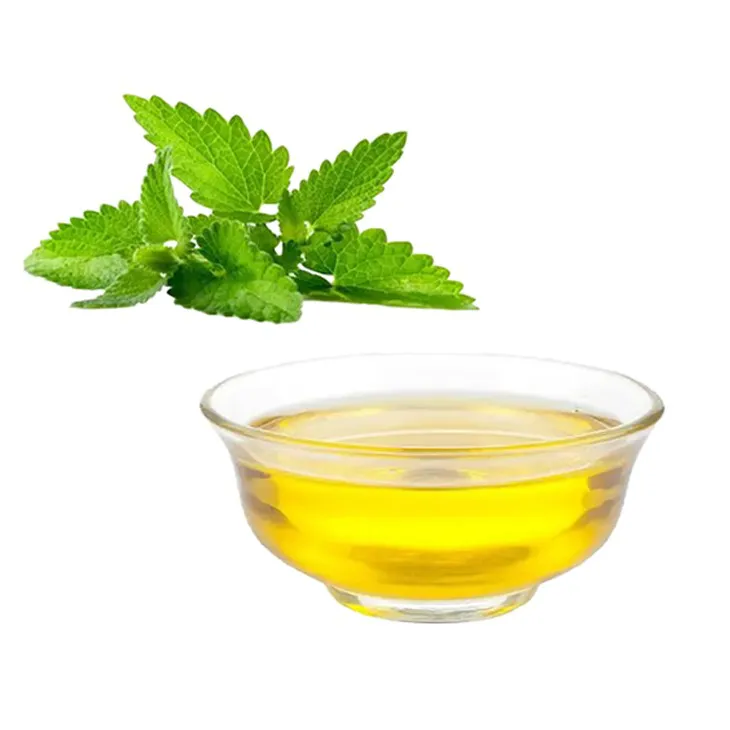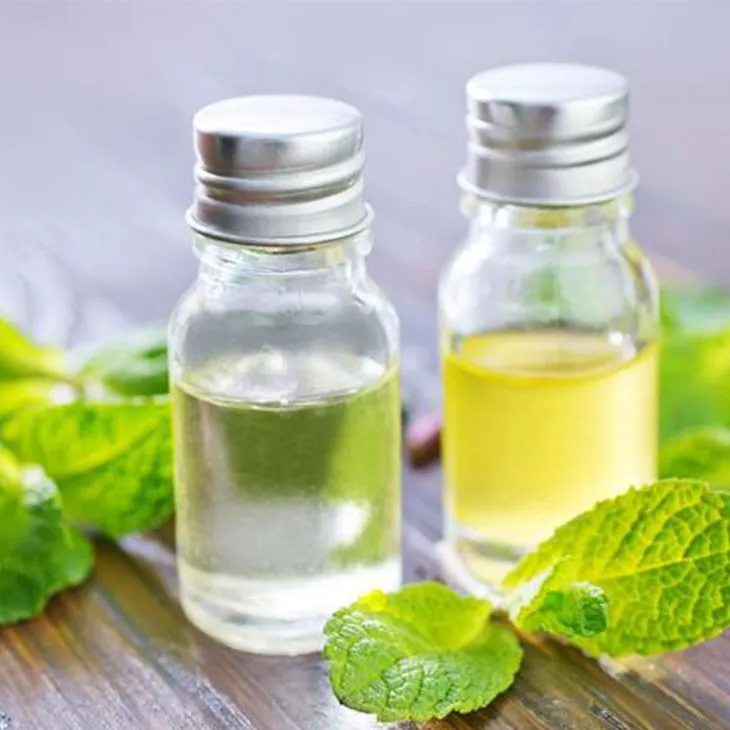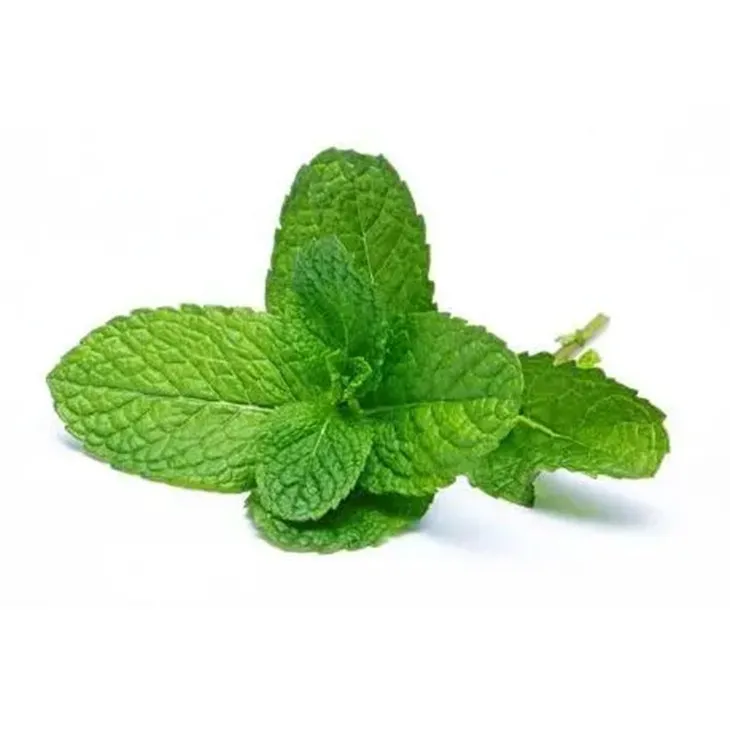- 0086-571-85302990
- sales@greenskybio.com
The process of extracting menthofuran from peppermint oil.
2024-11-26

1. Introduction
Peppermint Oil is a valuable natural product that has been widely used in various industries such as food, cosmetics, and medicine. Two important components of Peppermint Oil are menthol and menthofuran. Menthol is well - known for its cooling and refreshing properties, while menthofuran has also shown potential in different applications. Understanding the extraction process of these two compounds from Peppermint Oil is crucial for their efficient utilization.

2. Peppermint Cultivation for High - Quality Oil
The extraction process of menthol and menthofuran from peppermint oil starts with the growth of peppermint plants. Peppermint (Mentha piperita) is a perennial herb that requires specific environmental conditions for optimal growth and high - quality oil production.
2.1. Climate and Soil Requirements
Peppermint thrives in cool and moist climates. It prefers well - drained, fertile soil with a pH range of 6.0 - 7.5. The soil should be rich in organic matter. In regions with extreme heat or cold, peppermint may not grow as well, which can affect the quality and quantity of the oil produced.
2.2. Cultivation Practices
- Peppermint is usually propagated through runners or cuttings. This ensures that the new plants have the same genetic characteristics as the parent plants, which is important for maintaining the desired oil composition.
- Proper spacing between plants is essential. Adequate spacing allows for good air circulation, reducing the risk of diseases and ensuring that each plant has enough access to sunlight, water, and nutrients.
- Regular watering is necessary, especially during dry periods. However, over - watering should be avoided as it can lead to root rot.
- Fertilization is also an important aspect of peppermint cultivation. A balanced fertilizer, rich in nitrogen, phosphorus, and potassium, can promote healthy growth and enhance oil production.

3. Obtaining Peppermint Oil through Distillation
Once the peppermint plants are mature, the next step is to obtain peppermint oil through distillation. Distillation is a widely used method for extracting essential oils from plants.
3.1. Steam Distillation
- The peppermint plants are harvested, usually when they are in full bloom. The harvested plants are then chopped into small pieces to increase the surface area for efficient extraction.
- The chopped plant material is placed in a distillation apparatus. Steam is then passed through the plant material. The steam helps to break open the cells of the plants and release the essential oil.
- The mixture of steam and essential oil vapors rises and passes through a condenser. In the condenser, the vapors are cooled and converted back into liquid form. The resulting liquid is a mixture of water and peppermint oil, known as the distillate.
- The distillate is then separated into two phases. Since peppermint oil is less dense than water, it floats on top of the water layer. The peppermint oil can be carefully skimmed off or separated using a separating funnel.

4. Extraction of Menthol from Peppermint Oil
After obtaining peppermint oil, the extraction of menthol can be carried out. One common method for menthol extraction is solvent extraction followed by distillation.
4.1. Solvent Extraction
- A suitable solvent is selected. Commonly used solvents for menthol extraction include ethanol and hexane. The choice of solvent depends on factors such as solubility of menthol, safety, and cost.
- The peppermint oil is mixed with the solvent in a suitable container. The mixture is stirred or agitated to ensure good contact between the oil and the solvent. During this process, menthol, which is soluble in the selected solvent, is transferred from the peppermint oil into the solvent phase.
- After sufficient extraction time, the mixture is filtered to separate the solvent - menthol solution from the remaining peppermint oil components that are not soluble in the solvent.
4.2. Distillation for Menthol Purification
- The solvent - menthol solution obtained from the solvent extraction step is then subjected to distillation. The distillation process is used to separate menthol from the solvent.
- Since the boiling points of menthol and the solvent are different, the solution is heated. The solvent with the lower boiling point vaporizes first and is condensed and collected separately.
- As the distillation progresses, menthol, which has a relatively higher boiling point, remains in the distillation flask. Eventually, pure menthol can be obtained after complete separation of the solvent.

5. Extraction of Menthofuran from Peppermint Oil
The extraction of menthofuran from peppermint oil is a more complex process. Supercritical fluid extraction in combination with other purification methods can be effective for its isolation.
5.1. Supercritical Fluid Extraction
- Supercritical carbon dioxide (scCO₂) is often used as the supercritical fluid. It has several advantages, such as being non - toxic, non - flammable, and having a relatively low critical temperature and pressure. The critical temperature of CO₂ is 31.1 °C and the critical pressure is 73.8 bar.
- The peppermint oil is placed in a high - pressure extraction vessel. Supercritical CO₂ is then pumped into the vessel. At supercritical conditions, CO₂ has properties of both a gas and a liquid, which allows it to penetrate into the peppermint oil and selectively dissolve menthofuran.
- The mixture of supercritical CO₂ and menthofuran is then passed through a separator. By changing the pressure and temperature conditions in the separator, the solubility of menthofuran in CO₂ is reduced, causing menthofuran to be separated from the supercritical fluid.
5.2. Purification and Isolation of Menthofuran
- Although supercritical fluid extraction can isolate menthofuran to a certain extent, further purification may be required. One method is chromatography, which can be used to separate menthofuran from other impurities based on their different affinities for the stationary and mobile phases.
- Another approach could be fractional distillation. Since menthofuran has a different boiling point compared to other components in the peppermint oil extract, fractional distillation can help in further purifying menthofuran.
6. Applications of Menthol and Menthofuran in Different Industries
6.1. Food Industry
- Menthol is widely used in the food industry as a flavoring agent. It imparts a cooling and refreshing sensation to products such as chewing gums, candies, and beverages. For example, mint - flavored chewing gums often contain menthol to provide a long - lasting cool taste.
- Menthofuran also has potential applications in the food industry. It can contribute to the unique flavor profile of certain products, especially those with a mint - related flavor. However, its use may be more restricted due to its more complex chemical nature and potential toxicity at high levels.
6.2. Cosmetics Industry
- In the cosmetics industry, menthol is a popular ingredient in products such as lip balms, skin creams, and hair care products. Its cooling effect can provide a soothing sensation on the skin and scalp. For instance, in lip balms, menthol can give a tingling and refreshing feeling, which is often desired by consumers.
- Menthofuran may also find applications in cosmetics, especially in products where a more complex and unique scent is desired. However, safety considerations need to be carefully addressed due to its chemical properties.
6.3. Medicine Industry
- Menthol has been used in traditional medicine for its analgesic and anti - inflammatory properties. It can be used topically to relieve pain and itching. In some over - the - counter medications, menthol is included as an active ingredient for treating minor muscle aches and pains.
- Menthofuran has also shown some potential in the medical field. Research has suggested that it may have certain biological activities, such as antioxidant and antimicrobial properties. However, more research is needed to fully understand its therapeutic potential and safety profile.
7. Conclusion
The extraction of menthol and menthofuran from peppermint oil is a multi - step process that starts from the cultivation of peppermint plants. Each step, from plant growth to the final purification of the compounds, is crucial for obtaining high - quality menthol and menthofuran. These two compounds have diverse applications in the food, cosmetics, and medicine industries, making their extraction and purification processes of great significance. Continued research in this area can lead to more efficient extraction methods and a better understanding of the properties and potential applications of menthol and menthofuran.
FAQ:
1. What are the optimal growth conditions for peppermint to produce high - quality oil?
Peppermint generally thrives in well - drained soil, with a preference for partial shade to full sun. Adequate water supply without waterlogging, and a suitable temperature range (usually around 15 - 25 degrees Celsius) are also important. Additionally, proper fertilization and pest control contribute to healthy growth and high - quality oil production.
2. How does solvent extraction for menthol work?
Solvent extraction for menthol involves using a suitable solvent, such as ethanol. The peppermint oil is mixed with the solvent. Since menthol has different solubility characteristics compared to other components in the oil, it will dissolve in the solvent to a certain extent. Then, through further separation processes like distillation, the solvent can be removed, leaving behind a more concentrated menthol extract.
3. What are the advantages of supercritical fluid extraction for menthofuran?
Supercritical fluid extraction for menthofuran has several advantages. It can operate at relatively low temperatures, which helps to preserve the integrity of menthofuran as it is less likely to be degraded. It also offers high selectivity, meaning it can target menthofuran more precisely compared to some traditional extraction methods. Additionally, it often results in a purer extract with fewer impurities.
4. Why are menthol and menthofuran important in the food industry?
Menthol provides a characteristic cooling and refreshing sensation, which can enhance the flavor profile of food products, such as chewing gums and candies. Menthofuran also contributes to the overall flavor and aroma complex in peppermint - flavored food items. They can also act as natural preservatives or flavor enhancers in some cases.
5. How can the purity of menthofuran extract be further improved after supercritical fluid extraction?
After supercritical fluid extraction, further purification methods can be employed. For example, chromatography techniques like high - performance liquid chromatography (HPLC) can be used to separate and purify menthofuran from any remaining impurities. Crystallization can also be an option, where the menthofuran is induced to form crystals, leaving behind impurities in the mother liquor.
Related literature
- Extraction and Characterization of Menthol from Peppermint Oil"
- "Menthofuran: Isolation and Applications in the Pharmaceutical Industry"
- "Advanced Techniques for Peppermint Oil Component Extraction"
- ▶ Hesperidin
- ▶ citrus bioflavonoids
- ▶ plant extract
- ▶ lycopene
- ▶ Diosmin
- ▶ Grape seed extract
- ▶ Sea buckthorn Juice Powder
- ▶ Beetroot powder
- ▶ Hops Extract
- ▶ Artichoke Extract
- ▶ Reishi mushroom extract
- ▶ Astaxanthin
- ▶ Green Tea Extract
- ▶ Curcumin Extract
- ▶ Horse Chestnut Extract
- ▶ Other Problems
- ▶ Boswellia Serrata Extract
- ▶ Resveratrol Extract
- ▶ Marigold Extract
- ▶ Grape Leaf Extract
- ▶ blog3
- ▶ Aminolevulinic acid
- ▶ Cranberry Extract
-
The best lemon juice powder in nature.
2024-11-26
-
Organic Vitamin K2 Powder Suppliers
2024-11-26
-
Bulk purchase of L - tyrosine.
2024-11-26
-
Vitamin K2 Manufacturers
2024-11-26
-
Selenium yeast
2024-11-26
-
Clove Powder
2024-11-26
-
Andrographis Paniculata Extract Powder
2024-11-26
-
Avocado Extract Powder
2024-11-26
-
Gynostemma pentaphyllum extract
2024-11-26
-
Dandelion Root Extract
2024-11-26
-
Alisma Extract
2024-11-26
-
Mango flavored powder
2024-11-26
-
Beta Carotene
2024-11-26
-
Berberis aristata Extract
2024-11-26























